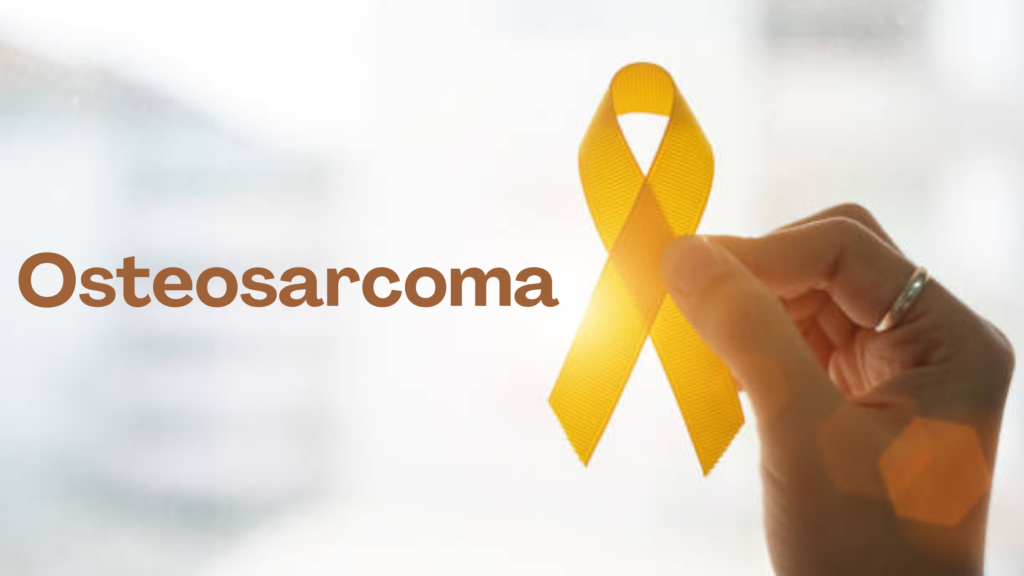Osteosarcoma is a rare type of bone cancer that primarily affects the bones, usually around the knee, upper arm, or thigh. It’s most common in teenagers and young adults but can occur at any age. Osteosarcoma begins in the osteoblasts, which are the cells responsible for making new bone tissue. Here’s a breakdown using emojis to explain it:
🦴 Bone Cancer:
- Osteosarcoma is a cancer that starts in the bone: 🦴🔴
🔥 Tumor Formation:
- The cancer forms a tumor in the affected bone, leading to swelling and pain: 💥🔪
🤕 Pain and Swelling:
- The most common symptoms are pain, especially during physical activity, and swelling at the site of the tumor: 😖🔥🦵
📍 Common Areas Affected:
- It most often occurs near the knee, thigh, or upper arm: 🦵👖🦴
🧑⚕️ Causes:
The exact cause of osteosarcoma is unknown, but certain factors may increase the risk:
- Genetics: People with certain genetic conditions, like Li-Fraumeni syndrome, retinoblastoma, or Gardner’s syndrome, may be at higher risk: 🧬👨👩👧👦
- Bone growth: It’s more common during growth spurts in adolescence when bones are growing rapidly: 📈🧑🦱
- Previous bone conditions: Past bone diseases or injuries might increase risk.
🔬 Symptoms:
- Pain in the bone: The pain can be constant or worsen with activity: 🤕⚡
- Swelling: A noticeable lump or swelling at the site of the tumor: 🦵📍
- Limited movement: Difficulty moving the affected limb or joint: 🦵🙅♂️
- Fractures: The tumor can weaken the bone, leading to fractures: 💥🦵
- Fatigue and weight loss: In more advanced stages, you might feel tired or lose weight: 😴⚖️
🩺 Diagnosis:
Osteosarcoma is diagnosed through a combination of:
- X-rays: To identify the tumor and bone damage: 📸🦴
- CT or MRI scans: To see the extent of the tumor and check for spread: 🧠🖼️
- Biopsy: Taking a sample of the tumor tissue to confirm it’s cancerous: 🧫🔬
- Bone scans: To check for any other affected bones or spread: 🦴🌍
🏥 Treatment:
Treatment usually involves a combination of:
- Surgery: Removing the tumor and possibly part of the affected bone or joint: 🔪🦵
- Chemotherapy: Drugs used to kill cancer cells, often before and after surgery to shrink the tumor and kill any remaining cells: 💉⚡
- Radiation: Sometimes used if surgery isn’t possible or if cancer has spread: ⚡💨
🌱 Prognosis:
- If caught early, osteosarcoma can often be treated successfully with surgery and chemotherapy, and the prognosis is better. However, if it has spread (metastasized), particularly to the lungs, the treatment becomes more difficult: 🌱💪
⚠️ Metastasis:
- Osteosarcoma can spread to other parts of the body, most commonly to the lungs: 🌍🫁
